A BBC good food nutritionist has given her advice on how to eat a balanced diet. Lets first look at current guidance out there and demystify it.
Eatwell guide:
The Eatwell guide provides some advice on eating a balanced diet but it does not tell the full story or give practical guidance. Advice includes:
- Consume a minimum of five fruit and veg a day
- Choose more fish, poultry, beans and pulses
- Eat less red meat
- Opt for low fat/low sugar alternatives including to dairy products
Find out more about the Eatwell guide here: https://www.nhs.uk/Live-well/eat-well/food-guidelines-and-food-labels/the-eatwell-guide/
Reference intakes:
Reference intakes are the daily amounts recommended average, moderately active adult to achieve a healthy, balanced diet for maintaining rather than losing or gaining weight. You should aim to meet the carbs and protein reference intakes each day but the fats, saturates, sugars and salts are all maximum amounts.
Reference intakes (RI) for women:
- Energy – 2000kcal
- Protein – 50g
- Carbohydrates – 260g
- Sugar – 90g
- Fat – 70g
- Saturates – 20g
- Salt – 6g
- Fibre- experts recommend around 30g a day
Support around portion sizes:
Carbs like cereal/rice/pasta/potato- Portion size: Your clenched fist. Include 1 portion at each main meal and ensure it fills no more than ¼ of your plate
Protein like meat/poultry/fish/tofu/pulses-Portion size: Palm of your hand. Aim to have a portion at each meal
Cheese- Portion size: 2 of your thumbs. Enjoy as a snack or part of a meal
Nuts/seeds-Portion size: 1 of your cupped hands. Enjoy as a snack or part of a meal
Butter/spreads/nut butter–Portion size: The tip of your thumb.Eat no more than 2 or 3 times a day
Savouries like popcorn/crisps- Portion size: 2 of your cupped hands. Enjoy as a snack/treat
Bakes like brownies/flapjacks- Portion size: 2 of your fingers. Enjoy as an occasional treat.
Balanced diet through the day:
Breakfast- Try and have a protein rich breakfast using ingredients like eggs, salmon, ham or dairy products. This kind of breakfast will fill you up for longer and boost your metabolism.
Mid-morning snack- This helps keep you going throughout the day. Try and use this to not only nourish you but also add to your five a day. For example, veggie sticks with a tasty dip, oatcakes with nut butter or a banana.
Lunch- should be a mix of lean protein and starchy foods so you have plenty of energy until dinner. High fibre wholegrains are a better option than high sugar white foods. You can find plenty of examples on our work lunch ideas resource.
Mid-afternoon-satisfy your sweet craving with a fruit substitute. For example, dried fruit or nuts work well. Other options include cherry tomatoes, apple slices or vegetable sticks/snacks.
Dinner- combine carbs with items that give you essential healthy fats including oily fish like salmon, mackerel and sardines. Look to fill half your plate with vegetables and salad and a protein source like meat, beans or fish with brown rice, quinoa or wholemeal pasta.
Find out more and discover some more recipe ideas here:
https://www.bbcgoodfood.com/health/nutrition/balanced-diet-women
The BBC also provide balanced diet guidance for vegans and vegetarians as well as pregnant women. You can also find out about balanced diets for toddlers, school aged children and adolescents:




